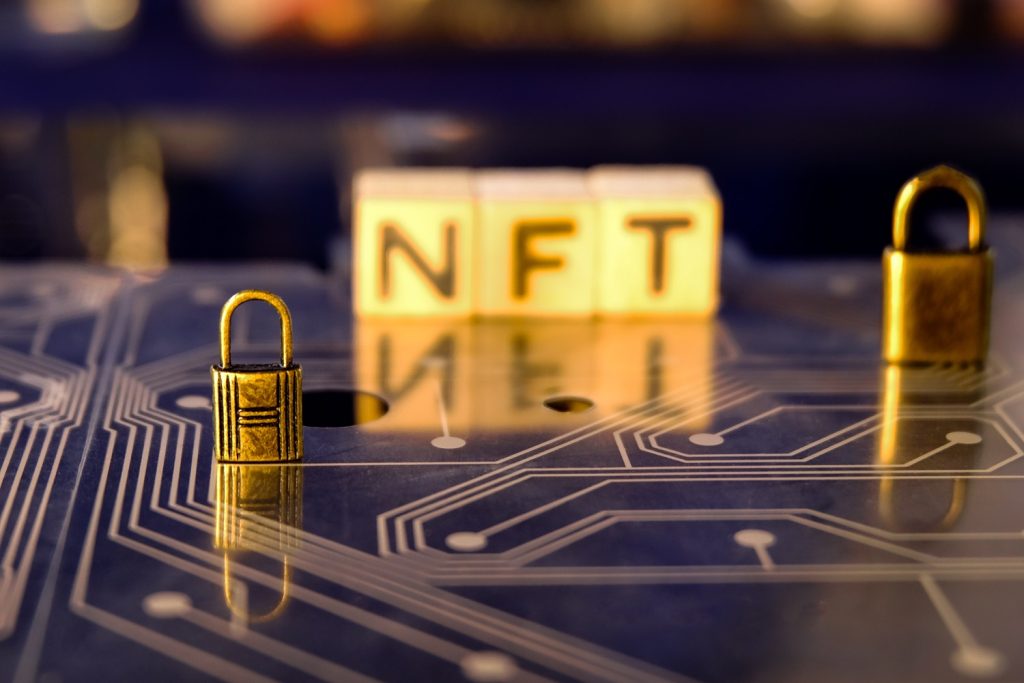In recent years, Non-Fungible Tokens (NFTs) have gained immense popularity, capturing the attention of artists, investors, and collectors alike. While the concept might seem daunting at first, understanding NFTs doesn’t have to be complicated. In this beginner’s guide, we’ll break down what NFTs are, how they work, and why they’re making waves in the digital world.
What are NFTs?
Non-Fungible Tokens (NFTs) are unique digital assets that represent ownership or proof of authenticity of a specific item or piece of content. Unlike cryptocurrencies such as Bitcoin or Ethereum, which are fungible and can be exchanged on a one-to-one basis, NFTs are indivisible and cannot be replicated or interchanged with one another.
How do NFTs work?
NFTs are built on blockchain technology, the underlying technology behind cryptocurrencies. Each NFT is stored on a decentralized ledger, which records its ownership and transaction history. This ensures transparency and immutability, as the ownership of an NFT can be easily verified and traced back to its original creator.

When an NFT is created, it is minted onto a blockchain platform using smart contracts, which are self-executing contracts with predefined rules and conditions. These smart contracts define the unique properties of the NFT, such as its ownership, royalties, and any additional attributes associated with the digital asset.
Why are NFTs valuable?
The value of an NFT lies in its scarcity, authenticity, and the perceived value attached to the underlying digital content. Since each NFT is one-of-a-kind and cannot be duplicated, it holds inherent value as a collectible or piece of digital art. Additionally, NFTs enable creators to monetize their digital creations by selling them as unique tokens to collectors and enthusiasts.
Use cases of NFTs
NFTs have a wide range of use cases across various industries, including art, gaming, music, and digital collectibles. Some common examples of NFTs include digital artworks, virtual real estate, in-game items, music albums, and even tweets. NFTs provide creators with a new avenue to showcase and monetize their work, while also offering collectors the opportunity to own exclusive digital assets.
Challenges and considerations
While NFTs offer exciting opportunities for creators and collectors, there are also challenges and considerations to be aware of. One concern is the environmental impact of blockchain technology, particularly in terms of energy consumption. Additionally, there have been instances of copyright infringement and plagiarism within the NFT space, highlighting the importance of intellectual property rights and legal frameworks.
Conclusion
Non-Fungible Tokens (NFTs) represent a groundbreaking innovation in the digital world, offering creators and collectors a new way to buy, sell, and own unique digital assets. With their ability to tokenize and authenticate digital content, NFTs have the potential to revolutionize various industries and redefine the concept of ownership in the digital age. As the NFT market continues to evolve, it’s essential to stay informed and navigate the space responsibly to harness its full potential.
In conclusion, NFTs are more than just digital collectibles; they are a paradigm shift in the way we perceive and interact with digital content. Whether you’re an artist looking to monetize your work or a collector seeking exclusive digital assets, understanding NFTs can open up a world of possibilities in the digital economy.